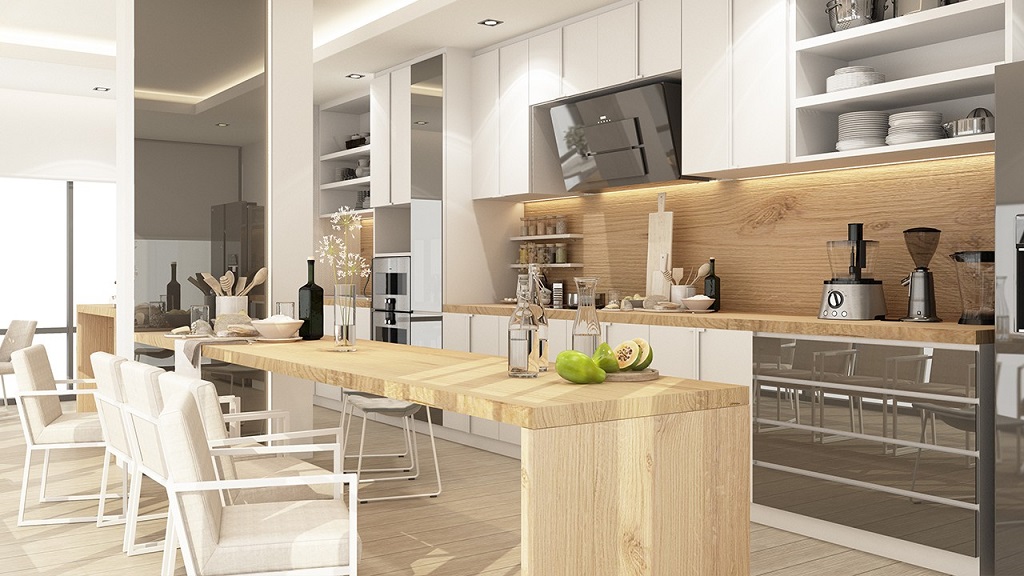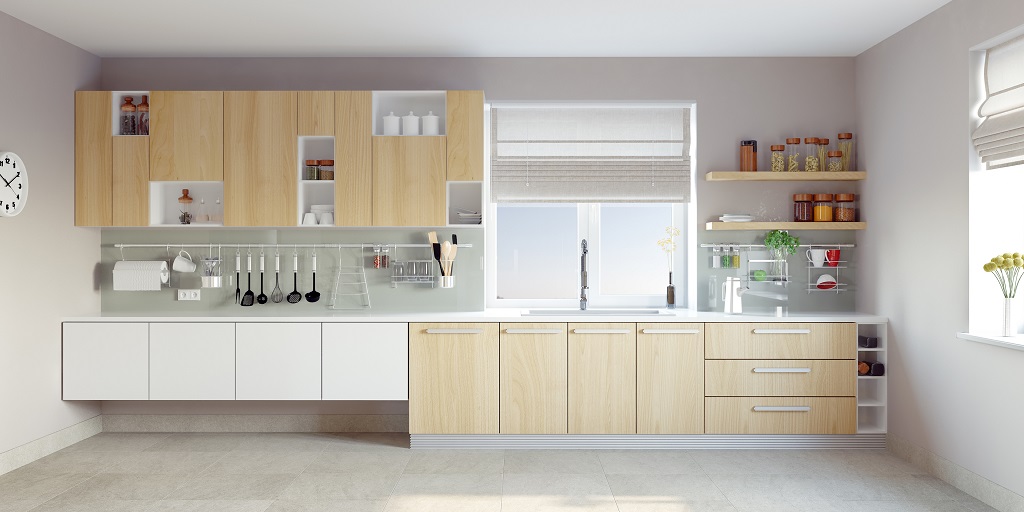
When selecting cabinet materials, consider options such as wood, laminate, metal, and glass. Each material offers different aesthetic, durability, and maintenance characteristics.
Understanding the nuances of these materials will help you make an informed decision for your next cabinet project. Choosing the right material for your cabinets is essential in achieving the desired look and functionality of your space. From traditional wooden cabinets to modern metal and glass options, the variety of materials available can seem overwhelming.
This guide aims to simplify the process by providing an overview of the different types of cabinet materials, allowing you to make a well-informed decision based on your specific needs and preferences. Understanding the unique qualities and benefits of each material will ultimately lead to a successful cabinet installation that meets both your aesthetic and practical requirements.
Understanding Cabinet Materials
Solid Wood: Solid wood cabinets are made from natural wood, offering durability and a classic aesthetic.
Plywood: Plywood cabinets are constructed from thin layers of wood veneer, providing strength and resistance to warping.
MDF: MDF, or medium-density fiberboard, is an engineered wood product known for its smooth surface and affordability.
Particle Board: Particle board cabinets comprise wood particles bonded together, offering a budget-friendly option but may be less durable.
Pros And Cons Of Solid Wood
Solid wood is a popular choice for cabinets, offering a natural and timeless look. However, it’s important to consider the pros and cons. While solid wood cabinets are durable and can be refinished, they are prone to warping and can be more expensive than other materials.
Sure, I understand your requirements. Here’s a draft in HTML format:
| Natural Beauty and Durability | Higher Cost and Maintenance |
| Solid wood cabinets offer a natural beauty that is hard to replicate with other materials. They also provide durability that can stand the test of time. | However, it’s important to note that solid wood cabinets come with a higher cost compared to other materials. Additionally, they require regular maintenance to keep them in top condition. |
 Benefits Of Plywood
Benefits Of Plywood
Strength and Stability: Plywood is known for its exceptional strength and stability, making it a preferred choice for cabinet construction. Its layers of thin wood veneers that are glued together in alternating grain directions enhance its strength and ability to resist warping. Plywood cabinets can withstand heavy loads and are less likely to sag over time, providing longevity and durability.
Resistance to Moisture and Warping: Moisture can wreak havoc on cabinets, causing warping, swelling, and deterioration. Plywood, on the other hand, exhibits excellent moisture resistance and is less prone to warping. This makes it an ideal choice for kitchens and bathrooms where there may be exposure to water and humidity. Plywood cabinets maintain their structural integrity and appearance even in damp environments.
Exploring Mdf
Exploring MDF, one of the commonly used cabinet materials, unveils its affordability and versatility. MDF stands for Medium-density Fiberboard and is a high-quality engineered wood product made from wood fibers, combined with resins and binders. It offers a great alternative to solid wood due to its cost-effectiveness and consistent quality. MDF can be easily shaped and molded into different designs and styles, making it ideal for various cabinet applications.
When it comes to affordability, MDF surpasses many other cabinet materials. Its cost is relatively lower than solid wood, which makes it a preferred choice for budget-conscious homeowners and contractors. Moreover, MDF offers versatility in terms of design and customization options. It can be painted, veneered, or laminated to achieve the desired finish and style, providing endless possibilities for creativity.
However, it is essential to note that MDF is less resistant to moisture than some other materials. It can absorb water and swell if exposed to high humidity or direct water contact. Therefore, it is crucial to consider the environment and usage before deciding to use MDF for cabinets in wet areas such as kitchens or bathrooms. Implementing proper sealing and protection measures can help enhance its durability and longevity.
 Advantages And Limitations Of Particle Board
Advantages And Limitations Of Particle Board
Particle board is a popular choice for cabinets due to its affordability and wide availability in the market. It is a cost-effective option, making it suitable for budget-conscious consumers. Additionally, particle board is widely accessible in various home improvement stores, making it convenient for customers to purchase. However, it is important to note that particle boards are susceptible to moisture damage. Unlike other cabinet materials, particle board absorbs water easily, leading to warping and swelling when exposed to high humidity. Therefore, it is crucial to place particle board cabinets in areas with low moisture levels or use protective measures, such as sealants or laminates, to prevent damage. Integrated appliances and your kitchen go hand in hand, but it’s crucial to remember that proper care and maintenance are essential to prolong the lifespan of particle board cabinets and prevent any structural issues caused by moisture.
Frequently Asked Questions For Understanding Different Types Of Cabinet Materials
What Are The Different Types Of Cabinet Materials?
There are several types of cabinet materials commonly used such as solid wood, plywood, particleboard, and MDF. Each material has its advantages and disadvantages in terms of durability, cost, and aesthetics.
Is Solid Wood A Good Choice For Cabinets?
Solid wood is a popular choice for cabinets due to its durability and timeless appeal. It is a natural material that can be crafted into various designs and finishes. However, it may be more expensive compared to other materials and can be prone to expanding or contracting in extreme temperature and humidity conditions.
What Is Plywood And Why Is It Commonly Used For Cabinets?
Plywood is made by layering thin sheets of wood veneers and bonding them together. It is known for its strength and stability, making it a preferred choice for cabinets. Plywood is resistant to warping and cracking, making it more durable compared to solid wood.
It is also more affordable compared to solid wood cabinets.
To sum it up, understanding the different types of cabinet materials is crucial when it comes to making an informed decision for your home. Whether you opt for solid wood, plywood, MDF, or particleboard, each has its qualities and benefits.
By considering factors such as durability, cost, and design preferences, you can choose the perfect cabinet material that fits your needs and adds value to your space, allowing you to refurbish your kitchen on a budget without compromising on quality or style. So, make sure to delve into the details and select wisely for a long-lasting and aesthetically pleasing cabinet solution.

